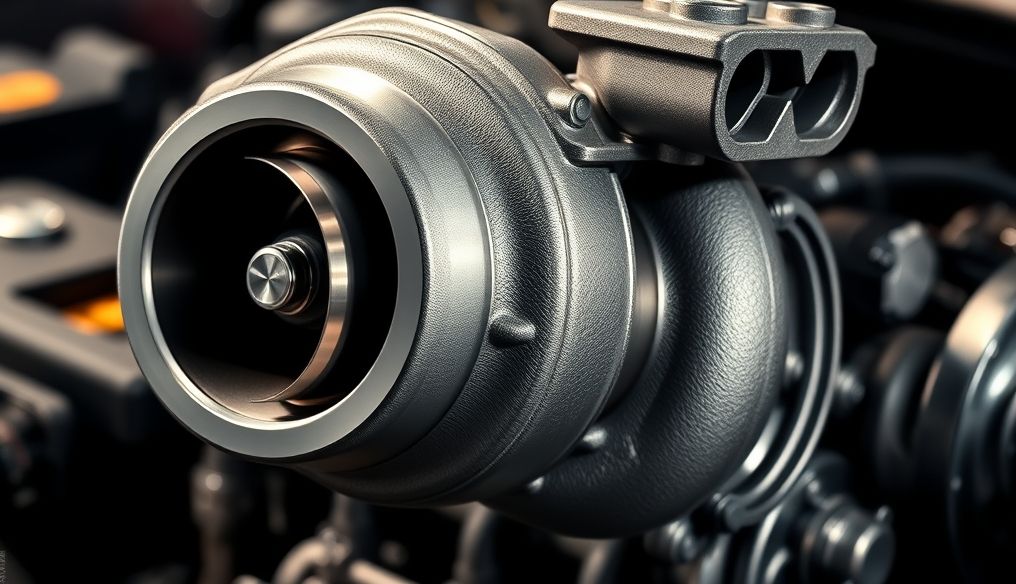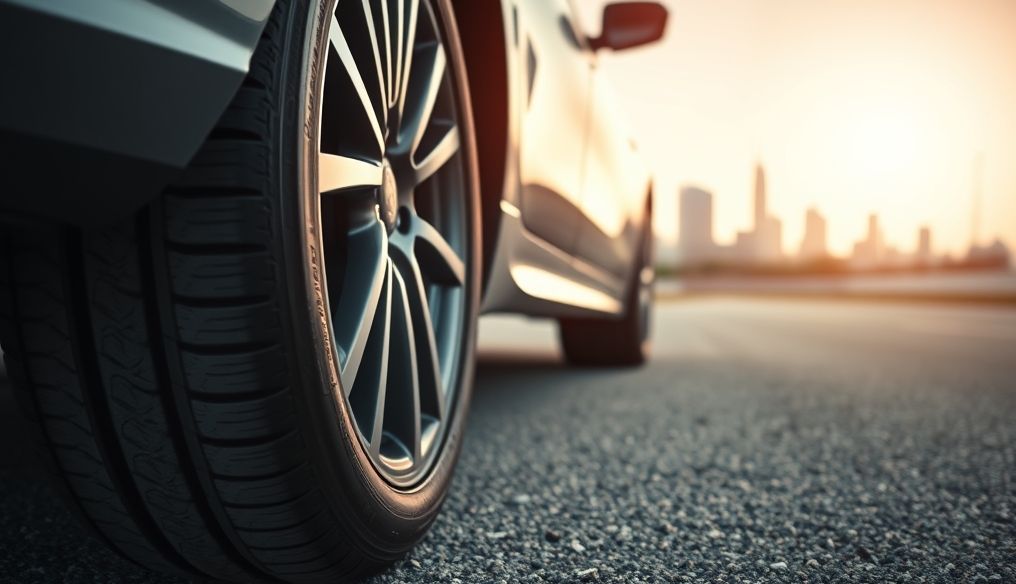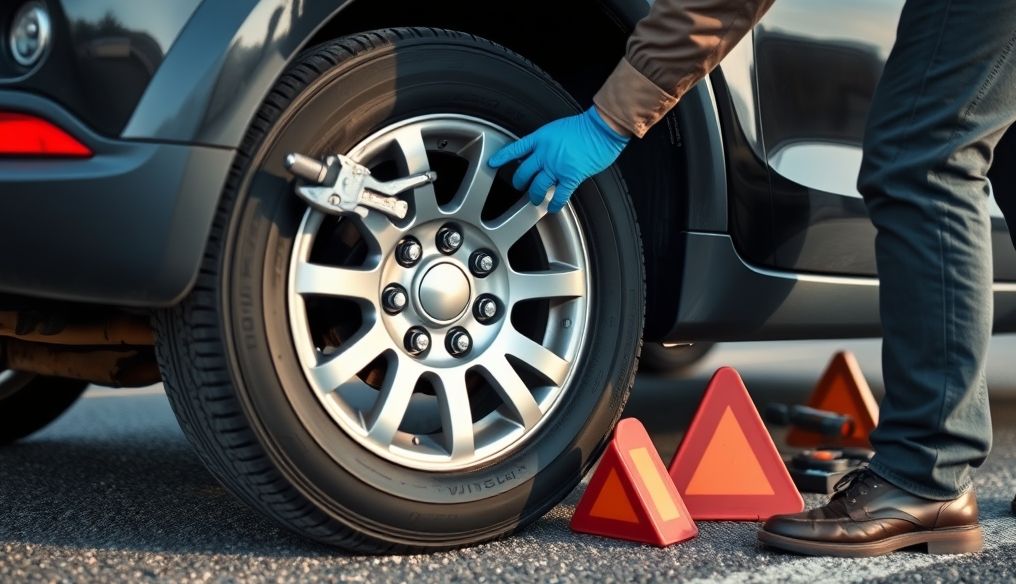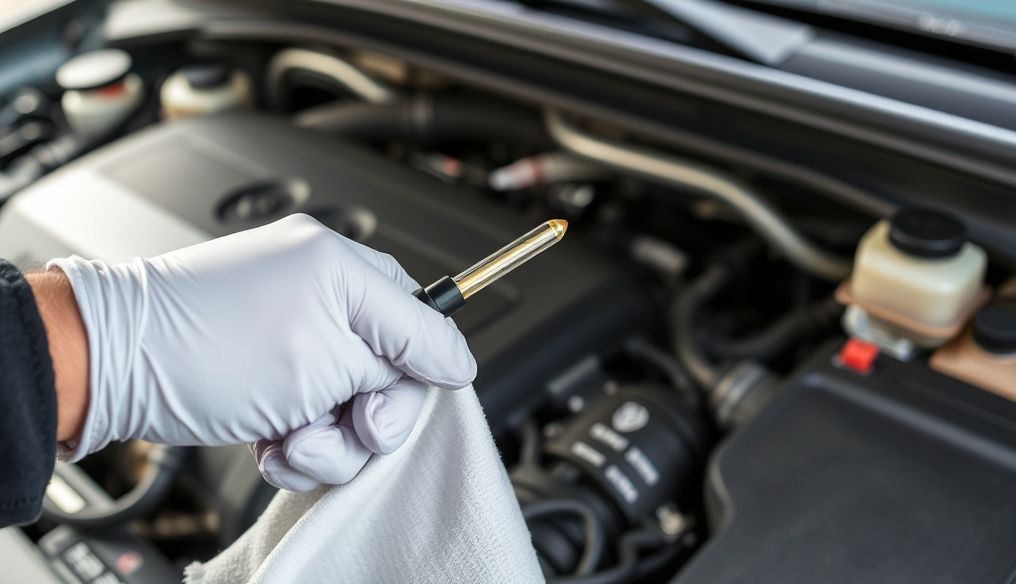What is a Turbocharger?
A turbocharger (or turbo) is a mechanical device that increases the amount of air entering an internal combustion engine. More air means more fuel can be burned, resulting in increased horsepower and torque for the engine.
Key Components of a Turbocharger
- Turbine: A wheel that rotates due to the exhaust gases exiting the engine.
- Compressor: Another wheel connected to the turbine, which compresses the air entering the engine.
- Shaft: Connects the turbine and compressor together.
- Housing: Encloses and protects the turbine and compressor.
- Wastegate: Controls the amount of exhaust gases that pass through the turbine, thereby controlling the boost pressure.
- Intercooler: Cools the compressed air before it enters the engine, increasing its density and improving performance.
How Does a Turbocharger Work?
- Exhaust gases exit the engine and enter the turbine housing.
- The flow of exhaust gases causes the turbine to rotate at high speed.
- The turbine is connected to the compressor via the shaft, so the rotation of the turbine causes the compressor to rotate.
- The compressor draws air from the outside and compresses it.
- The compressed air passes through the intercooler to cool it.
- The cooled, compressed air enters the engine, increasing the amount of oxygen available for combustion.
- As a result, more fuel can be burned, increasing engine power.
Why Use a Turbocharger?
There are several reasons to use a turbocharger:
- Increased Horsepower: The turbo provides a significant increase in engine horsepower without the need to increase its size.
- Improved Fuel Efficiency: In some cases, the turbo can improve fuel efficiency by allowing the engine to operate more efficiently.
- Reduced Emissions: The turbo can help reduce harmful emissions by improving the combustion process.
- High Altitudes: At high altitudes, where the air is less dense, the turbo can help maintain engine performance.
Types of Turbochargers
There are different types of turbochargers, including:
- Single Turbo: The most common, uses a single turbine to compress the air.
- Twin Turbo: Uses two small turbines, which reduces turbo lag.
- Variable Geometry Turbo (VGT): Uses adjustable blades in the turbine to improve performance in different engine speed ranges.
- Electric Turbo: Uses an electric motor to help the turbine rotate, reducing turbo lag and increasing responsiveness.
Turbo Lag
Turbo lag is the time delay between pressing the accelerator pedal and feeling the increase in horsepower. This delay occurs because the turbine needs some time to spin up to the speed required to compress the air. Turbo lag can be reduced by using smaller turbochargers, twin turbochargers, or electric turbochargers.
Turbocharger Maintenance
To keep the turbocharger in good condition, follow these guidelines:
- Use high-quality engine oil and change it regularly.
- Allow the engine to cool down after hard driving before turning it off.
- Check turbo hoses and connections regularly to ensure there are no leaks.
- Avoid overboost.
The Future of Turbochargers
Turbochargers continue to evolve, with a focus on reducing turbo lag and improving efficiency. Electric turbochargers are becoming more common and are expected to play a larger role in the future.
Conclusion
The turbocharger is an effective device for increasing engine power and improving performance. Understanding how it works and its key components can help you appreciate the technology used in your car and make the most of it.




